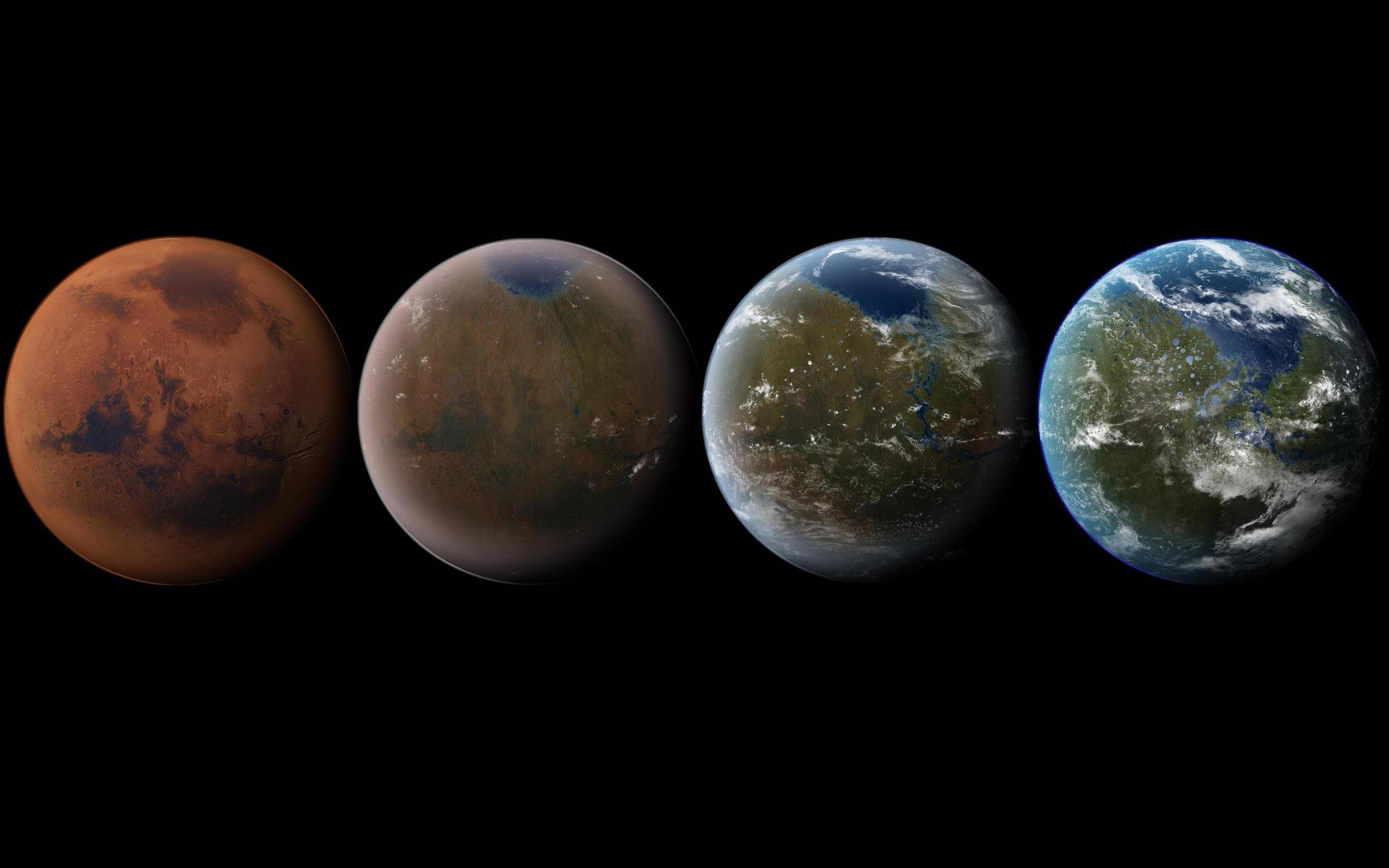

Such an atmosphere would also allows less heat to escape, meaning warmer temperatures on the planet.Ī strong magnetic field on Earth is something else that makes life easier.

One way to ward off harmful ionizing radiation is to add a thicker layer of greenhouse gases to the atmosphere of Mars. Here are two steps we could take to get Mars into the “Goldilocks Zone”, where water is liquid – and harmful ionizing radiation like x-rays, UV rays, and gamma rays are not problematic. Today’s infographic comes to us from Futurism, and it details what might need to happen on Mars to make it more accommodating to human life. And while the exact mechanisms we would use to accomplish this are still up for debate, the basics behind what’s needed to achieve Earth-like conditions are actually pretty straightforward. In other words, for any meaningful and long-lasting human presence on Mars, we would likely want to alter the planet and its atmosphere to make it more habitable for human life.

And while Mars is thought to have plenty of frozen water at its poles and in underground deposits, the logistics of tapping into these resources could be quite difficult. Because of the atmosphere and temperature swings, meaningful occurrences of liquid water on the planet’s surface are almost impossible. Indeed, the average temperature on Mars is −55 ☌ (−67 ☏), dust storms are frequent and potentially deadly, and the planet has extremely low atmospheric pressure (about 1% of Earth). Change of SeasonsĪs Elton John wisely noted, “Mars ain’t the kind of place to raise your kids”. In 40 to 100 years, Musk suggested that up to a million people could live there.

That’s Elon Musk’s philosophy, anyways – and just days ago he revealed new details on his ambitions to colonize the Red Planet, including sending two cargo rockets by 2022 and four rockets (two manned, two cargo) by 2024. Terraforming 101: How to Make Mars a Habitable Planetīefore we can journey to the stars, we must first go to Mars.


 0 kommentar(er)
0 kommentar(er)
